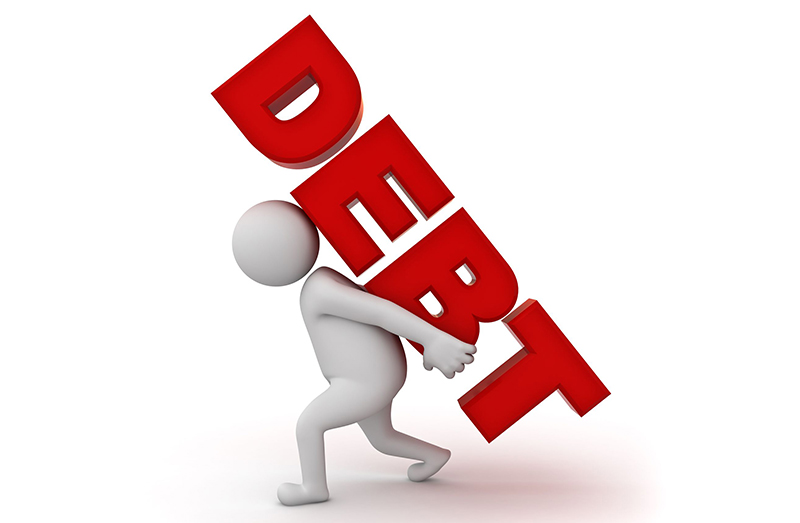
In another sign of the growing economic bubble, Moodys has flagged growing debt levels among Americans as a rising risk for financial institutions. Households considered to have high debt levels are those whose debt ratio is greater than 40%.
Those households in the lowest income quintile have the highest percentage of high debt burdens, with over 20% facing high debt. While most households have decreased their debt burdens in recent years, those are in the 80th to 90th percentile actually saw a slight increase in the number of heavily-indebted households since 2013, to nearly 5 percent.
Households in the second-lowest quintile saw their overall debt burden rise slightly, to 15.6%, although higher-income households in the second-highest quintile had a debt burden of 16.1% and those in the 80th to 90th percentile had a debt burden of 16.3%.
Higher debt burdens mean an increased risk for lenders and financial institutions, as the risk of default becomes correspondingly greater. The financial crisis saw many American households unable to cope with the amount of debt that they had taken on, which negatively affected the balance sheets of banks and financial institutions as households began to default on that debt.
Debt burdens of above 40% are particularly strenuous, although they are normally more difficult for lower-income households than higher-income households. Household expenses such as rent dont factor into debt levels, which could make the debt figures a less-accurate indicator of the actual financial stress to households.
Since more people are renting than any time in the last 50 years, and more households are paying a higher percentage of their incomes on rent than ever before, overall household finances may be more stressed than just debt figures alone may indicate.
The post Americans Getting Comfortable With Debt Again appeared first on Goldco.
No comments:
Post a Comment